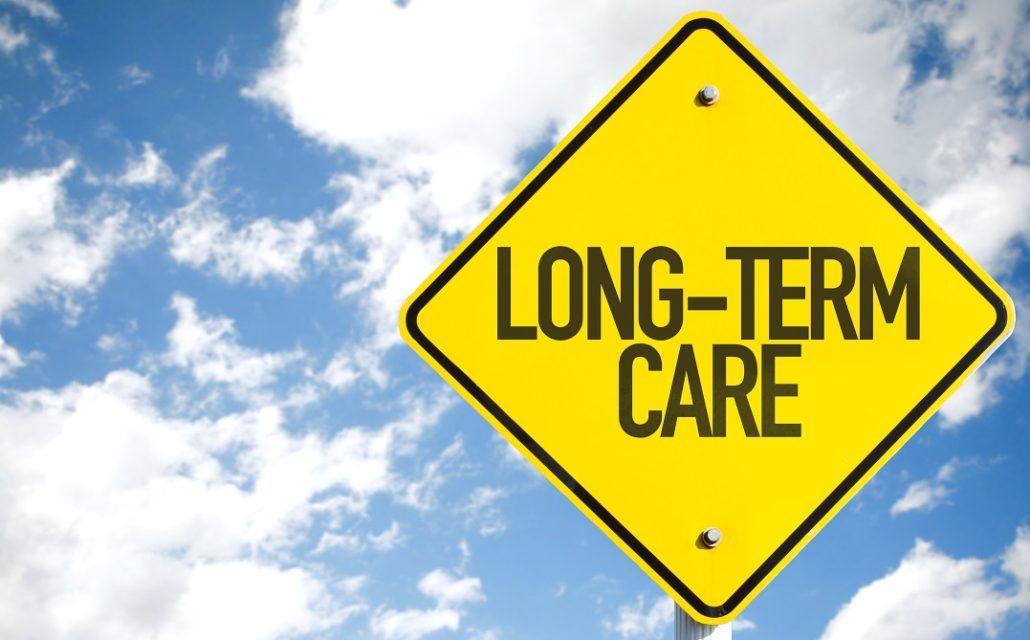Although many on the political left continue to support a single-payer or a “Medicare for All” health care system, the advocates are a little vague about the actual ramifications of the plan. For example, often overlooked is the fact that half of all Americans would lose their employer-sponsored health insurance. People now enrolled in Medicaid would lose their health insurance and pay higher taxes. The current Medicare patients would be forced to compete with all other Americans for access to providers.
Another consideration is what “Medicare for All” will do to the physician supply. A recent report backed by the Partnership for America’s Health Care Future predicts that the physician workforce would decrease by over 44,000 doctors by 2050 under a single-payer system. (here) The report has been criticized because PAHCF is a lobby organization for health insurance companies, drug manufacturers, and hospital associations that adamantly oppose “Medicare for All.”
Whether one believes the report to be accurate, the critical point is what physician reimbursement would be under a single-payer system. To make any of the proposed plans work financially, advocates would set doctor payments at Medicare, or worse case, Medicaid rates. Medicare now pays 60 percent to 70 percent of what private insurance pays. Medicaid is much less at 40 percent of private insurance, depending on medical specialty.
The vast majority of physicians cannot pay their overhead and keep their doors open with what the existing government programs now pay. If all patients paid at Medicare rates, doctors and hospitals would be in financial peril.
Physician income is controversial now. However, everyone should realize that before a doctor can treat a patient, she must have a college degree, four years of medical school, and three to eight years of post-graduate training. Under “Medicare for All,” the profession will continue to attract dedicated students, but with no financial incentive, the quantity and quality of doctors will undoubtedly suffer. If a college student is looking at seven to twelve more years of education, other careers will seem much more attractive.
No one knows exactly how a single-payer system would impact the future doctor supply, but clearly it would not be positive.






